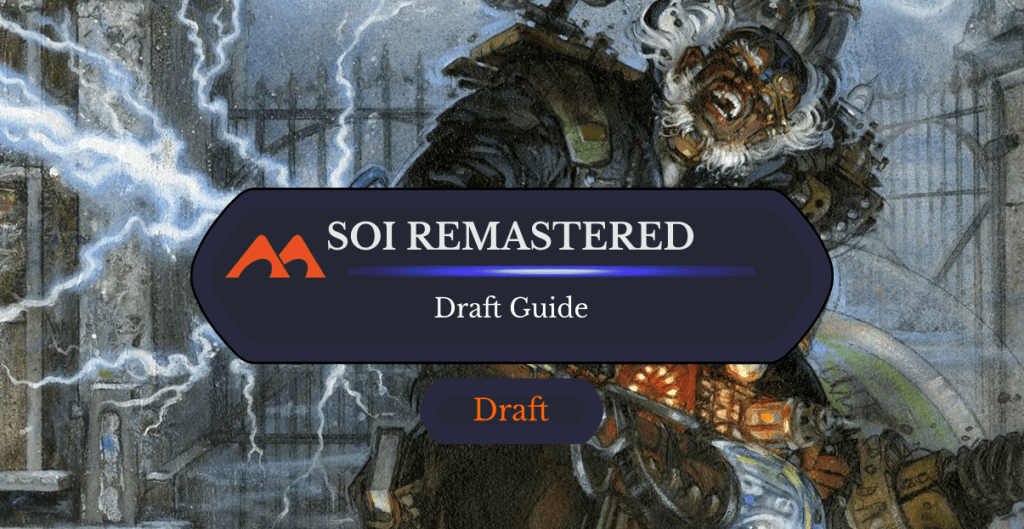
Galvanic Bombardment | Illustration by Terese Nielsen
Greetings planeswalkers! Today I have a brief guide for Shadows over Innistrad Remastered, which was released last week. I’ll be covering the format’s mechanics, archetypes, play patterns, and best commons below.
Let’s begin!
What Is Shadows Over Innistrad Remastered?
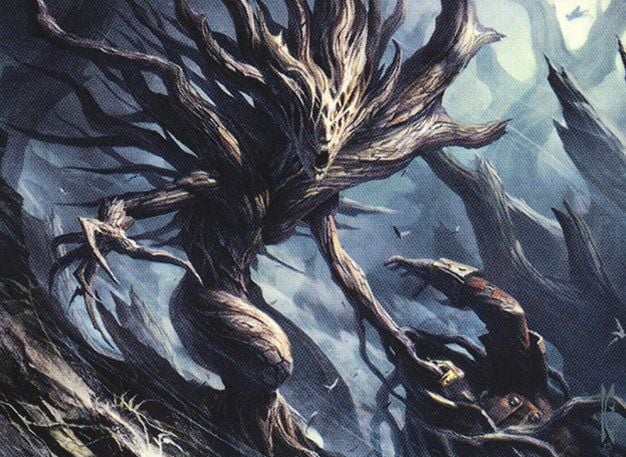
Gnarlwood Dryad | Illustration by Raymond Swanland
SIR is an Arena-only set similar to Kaladesh Remastered and Amonkhet Remastered. It exists to reprint certain cards (mostly Emrakul, the Promised End) for Explorer and give players a nostalgia-charged Draft format. The set is made up of cards from:
- Shadows over Innistrad (duh)
- Eldritch Moon
- The Innistrad block (Innistrad, Dark Ascension, and Avacyn Restored), which appear in a Shadows of the Past slot
Shadows of the Past
There will always be one card per pack from an old Innistrad set. These cards can be any rarity and vary dramatically in power level (you could open Traveler's Amulet while your neighbor opens Huntmaster of the Fells!) They're also notable because they're drawn from a rotating pool of cards with a digital twist. Basically, SIR will be available to draft for a month, and throughout this month there will be four thematic rotations that affect what cards appear in this slot.
The themes/schedule are as follows:
- Week 1: Creature Type Terror! (tribal effects like Moonmist and Vampiric Fury)
- Week 2: Fatal Flashback! (flashback spells like Divine Reckoning and Devil's Play)
- Week 3: Morbid and Macabre! (morbid/”when this dies” cards like Tragic Slip and Young Wolf)
- Week 4: Abominable All Stars! (mythics/iconic spells, more general, has 24 cards instead of 18 cards like the others)
So if you want to draft SIR optimally, you could vary your approach a bit to match that week’s theme. Say you're drafting in Week 1 and start your Draft with an Ulrich of the Krallenhorde. Your odds of sticking with Ulrich and settling into Gruul () wolves should be a little higher than normal since the Shadows of the Past slot can include cards like Immerwolf and Moonmist that week.
But on the other hand, 13/14 of the cards in packs are static, so I wouldn’t force anything based on this “monster of the week” slot. Solid drafting fundamentals are the best path to success in this set, particularly given the qualities we're about to discuss.
What Was Drafting The Old Sets Like?
SIR is mostly a mix of two old Draft sets, Shadows over Innistrad and Eldritch Moon. I drafted both sets years ago, so I can give a loose recall of what I remember them being like:
- SOI was an average pace set that introduced delirium and Clue tokens to the game. Its archetypes were a little softer than today’s sets (no 10 uncommon signposts) and mostly focused around a mechanic or creature tribe.
- Eldritch Moon was never actually drafted alone because its Drafts would always be EMN/SOI. It was slower and bigger than SOI thanks to emerge creatures and the Eldrazi flip cards like Ulvenwald Captive and Vildin-Pack Outcast. A lot of the archetypes in the set cleanly overlapped with SOI.
Now that we have the foundation, let’s put the sets together and see how it plays. Bear in mind that the set is not just both sets stapled together; it's a curated mix of the two, with lots of rarity shifting to rebalance the experience. Cards like Otherworldly Outburst and Succumb to Temptation are also missing entirely.
Mechanics
This set keeps the mechanics from its two predecessor sets, but combines and chops them to try to fit everything.
Madness
Madness only appears in Rakdos () and is its core Draft mechanic. Madness cards can be played from exile when you discard them, mitigating the card disadvantage of discard. Some madness cards are also cheaper when cast this way.
An example of basic madness synergy would be Olivia's Dragoon/Tormenting Voice plus Alchemist's Greeting. This is a great way to grind out card advantage. Madness enablers appear mostly in blue, black, and red.
Delirium
Delirium is a fun and powerful mechanic that is the basis of Golgari's () Draft archetype. It asks you to get 4+ card types into your graveyard, after which point cards with delirium start to do powerful things.
This can be accomplished in a number of ways:
- Playing a natural variety of card types (i.e., 11 creatures, 3 artifacts, 3 enchantments, 3 instants, 3 sorceries, 17 lands)
- Taking advantage of rare card types that bin themselves (Dead Weight, Vessel of Nascency)
- Trading off creatures when you can
- Self-mill
Emerge
Emerge is a neat mechanic with a small presence in this set. You can sacrifice your creatures as a cost to play emerge creatures, and the sacrificed creature’s mana value will be deducted as a discount from whatever emerge cost you'd pay.
For example, sacrificing Exultant Cultist to Wretched Gryff makes the Gryff cost just . Emerge cards are modal in that they can be played cheaply with setup, or hard cast later if the game goes on long enough.
Clues/Investigate
Clues are an extra type of resource introduced in the original SOI. These tokens are “IOU” card advantage that can be cashed in for two mana and are created whenever you investigate. They're one of the set’s primary mana sinks.
Clues are also the focus for build-around cards like Fleeting Memories, Confront the Unknown, and Ulvenwald Mysteries.
Transform
There are a handful of cards in the set that use the old Innistrad transform rules (“if no spells cast” and “if two spells cast” flips), like Hinterland Logger. There are also cards like Ulvenwald Captive that can be flipped into huge Eldrazi for a big mana cost.
Transform cards appear in every color but is mostly in red/green.
Meld
Meld is a super fun mechanic with a small presence in this set. Cards with meld reference specific other cards and combine with them into a bigger card when its specifications ae met. There are three meld pairs in the set:
- Graf Rats + Midnight Scavengers (common/uncommon)
- Hanweir Battlements + Hanweir Garrison (rare/rare)
- Gisela, the Broken Blade + Bruna, the Fading Light (mythic/rare)
As you might guess you won't be melding very often, but it’s worth trying for it when you can!
Archetypes
This will be a slight retread at parts. but I want to touch on the set’s archetypes. One thing to note is that SIR is a bit softer on archetypes than most sets.
The set has 10 uncommon signposts, but they're not all truly two colors. Six of them are monocolor cards with off-color payments like Drunau Corpse Trawler and Spectral Shepherd. Regardless, there are still defined themes/synergies for you to pursue.
Azorius Spirits
Azorius () spirits is a tempo deck built around spirits. It has lots of fliers, along with good tools like Nebelgast Herald and Essence Flux to frustrate your opponent and win races.
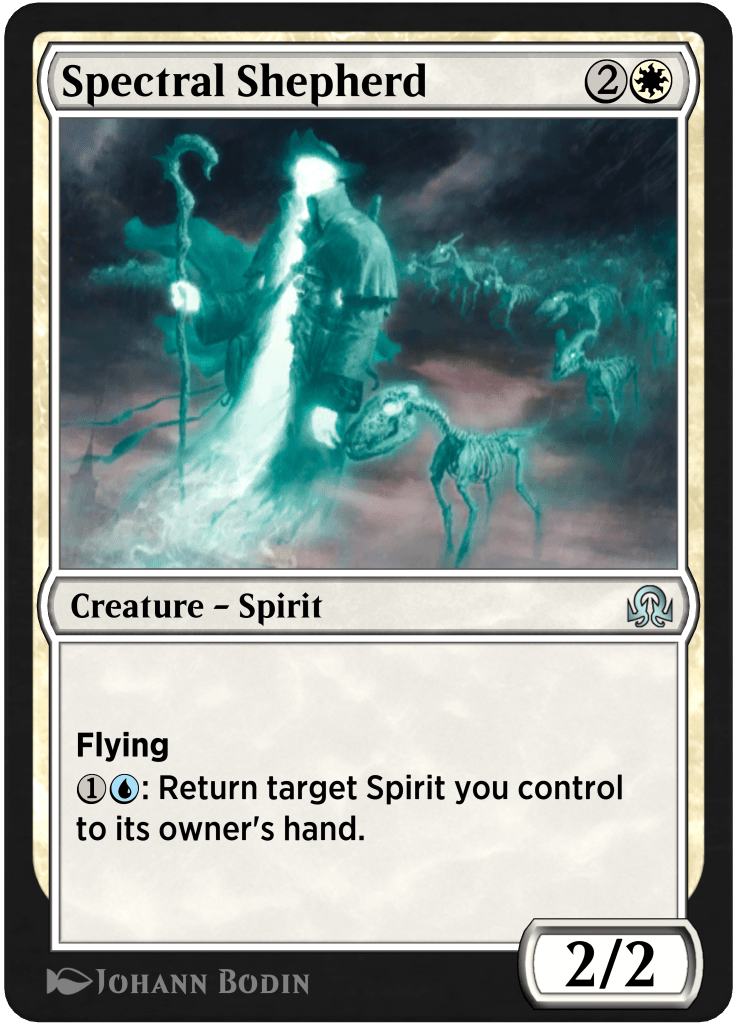
The signpost here is Spectral Shepherd, a nice Wind Drake with decent upside. Focus on having a good curve, a bit of removal and Essence Flux for success.
Simic Clues/Emerge
Simic () had two different themes in the old sets, but this time around Clues seems better supported.
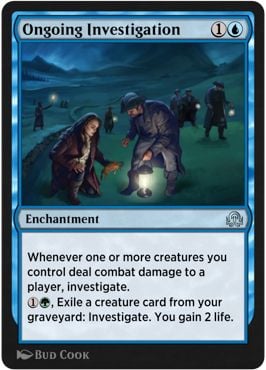
This theme has Ongoing Investigation as its signpost, which suggests a focus on Clues and grinding out value. It has the easiest time making use of uncommon Clue build-arounds like Graf Mole. Emerge has nice synergy with Ongoing Investigation, so definitely include your Wretched Gryffs and Exultant Cultists.
Dimir Zombies
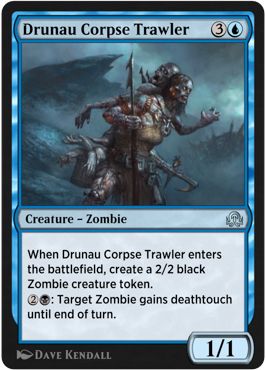
Dimir () is another tribal strategy but with zombies. Drunau Corpse Trawler isn’t the best signpost on rate, but you could do worse.
The main reason to play Dimir zombies is its awesome higher rarity payoffs like Diregraf Colossus, Gisa and Geralf, and Dark Salvation. Without those cards the archetype lacks strong payoffs and will often feel like a midrange pile.
Izzet Spells
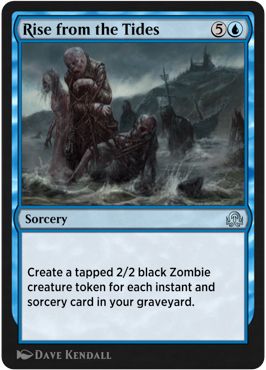
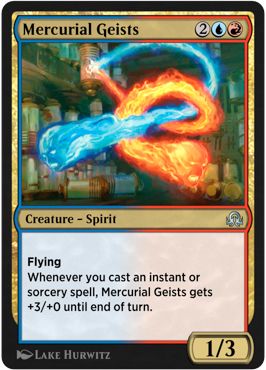
Izzet's () noncreature focus is incredibly Izzet, as we’ve seen this theme at least dozens of times by now. What makes this deck interesting in the context of SIR is that it has two distinct paces:
- Slow control deck with Rise from the Tides and removal/card draw
- Tempo/aggro deck with Mercurial Geists, untap with it and go off
Both decks want some similar cards (Take Inventory and Galvanic Blast, primarily), but past staples will break dramatically in what cards they should play. The aggro version doesn't love countermagic and likes pump spells. The control variant is just fine playing Deny Existence and would find Rush of Adrenaline embarrassing.
Think carefully about which version your Izzet deck most closely resembles!
Gruul Wolves
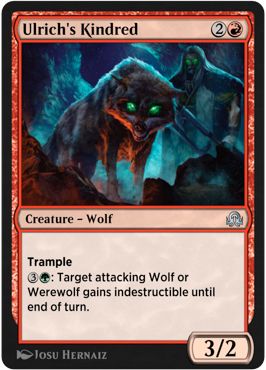
Ulrich's Kindred is as mediocre as a signpost can get. But the good news for Gruul is that it has some great uncommon creatures like Geier Reach Bandit, Duskwatch Recruiter, and Pack Guardian to choose from.
This is a strategy that firmly sits somewhere between midrange and aggro. Tribal payoffs like Moonlight Hunt and Howlpack Resurgence can be the real deal here or a trap depending on how open wolves are.
Rakdos Madness
Rakdos is a madness strategy with a small vampire tribal element. Vampire payoffs are limited (Olivia's Bloodsworn, Indulgent Aristocrat, Stensia Masquerade. and Stromkirk Condemned), so focusing on discard and madness is important.
Alchemist's Greeting and Fiery Temper should be prioritized over all but the best madness creatures. Decent enablers abound in this set, with Ravenous Bloodseeker, Olivia's Dragoon, and Tormenting Voice all appearing at common.
Boros Aggro
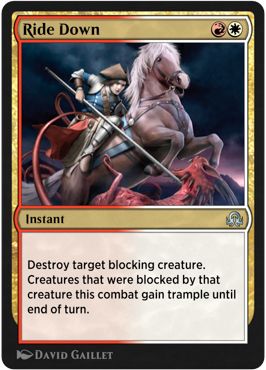
Boros' () signpost is Ride Down, a great aggressive card that signals that the archetype is about to do what it always does: attack.
You’ll want lots of cheap dudes and some pump spells. Play them, curve out, and hope to draft a more fun deck next time. Red and white lack any particularly compelling synergies beyond this, but it’s a nice backup plan if the more involved decks aren’t coming together for you.
Orzhov Midrange
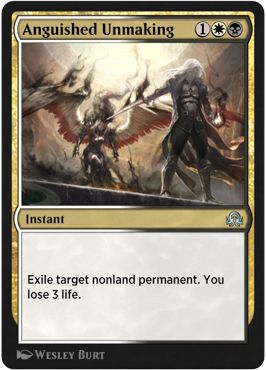
Orzhov's () signpost is Anguished Unmaking, which is a strong card that doesn’t suggest any particular synergies. Orzhov is kind of like a slower Boros; you won’t have any clever synergies, just piles of good-rate creatures/removal and a balanced curve.
Card advantage seems a bit hard to come by here so take it where you can get it. Sorin, Grim Nemesis is a mega-bomb and easily the best reason to be Orzhov.
Selesnya Humans
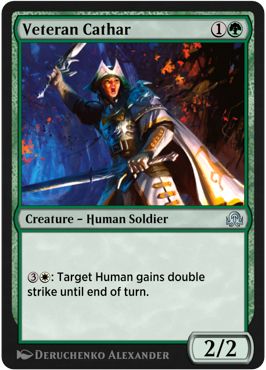
Selesnya () humans is an aggro deck with a tribal subtheme. Its signpost common is Veteran Cathar, a decent Grizzly Bears with useful upside.
It has a handful of other strong payoffs like Courageous Outrider and Heron's Grace Champion. A good curve along with pump spells and equipment (True-Faith Censer is nice) is the order of the day for this archetype.
Golgari Delirium
The last deck was mentioned above and is built around the delirium mechanic. Delirium is particularly notable because of some rarity downshifts, namely Gnarlwood Dryad and Obsessive Skinner. These are powerful cards on rate that provide a great creature base for a delirium deck.
The best common enablers for delirium are Dead Weight and Grapple with the Past. A good balance of card types is essential, so don’t forget to include normally forgettable cards like Explosive Apparatus and Terrarion.
Format Tips
- The best commons in the set are:
- White: Thraben Inspector and Bound by Moonsilver
- Blue: Take Inventory and Drag Under
- Black: Dead Weight and Gisa's Bidding
- Red: Incendiary Flow and Galvanic Bombardment
- Green: Gnarlwood Dryad and Obsessive Skinner
- My color power ranking is blue > green > white > red > black. Blue has great support cards and archetypes, while black has the worst commons with lots of duds like Merciless Resolve and Alms of the Vein.
- Good commons matter quite a bit in this set because the gulf in power level between commons/uncommons hasn’t felt that high. You should be taking Take Inventory, Galvanic Blast, and Thraben Inspector very highly since they're great in all archetypes!
- To carry this notion further, your general Draft positioning should be: bombs > strong general playables > speculative archetype payoffs > filler for that archetype > general filler. It’s fine to flirt on a couple speculative cards while you try to judge what your table is actually doing.
- Certain rares like Archangel Avacyn, Tireless Tracker, Ishkanah, Grafwidow, and Diregraf Colossus are just too good to pass or abandon. If I open Avacyn, you can bet I’m going to be white and something!
- Be wary of flash creatures as both Drogskol Shieldmate and Snarespinner are commons and can eat your bears.
- Splashing/archetype overlap isn't especially prominent in SIR, but it might be worth trying. Terrarion, Wild-Field Scarecrow, and Weirding Wood are all solid ways to fix your mana at common. Simic Clues and Golgari delirium are the most likely archetypes to splash for other colors.
- Don’t stress about the extra Innistrad cards. Try to use them to your advantage when they fit your deck’s strategy, but plan your deck around cards that are easier to predict, like the ones mentioned above.
Wrap Up
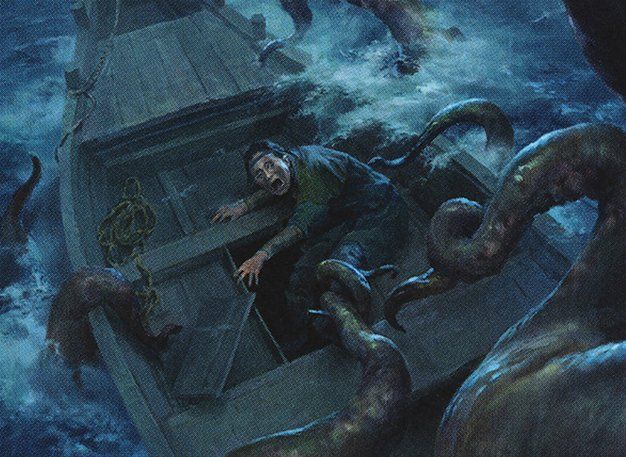
Drag Under | Illustration by Tianhua X
And with that we come to the conclusion of yet another guide! I didn’t want to go into excessive detail as I’m saving that for when March of the Machine drops next month.
What do you think of SIR‘s Draft format so far? Are you a fan of Shadows of the Past and the scheduled theme weeks? Let me know your thoughts in the comments below, or come find us over on Twitter.
Until next time, may your P1P1s always be great!
Follow Draftsim for awesome articles and set updates:
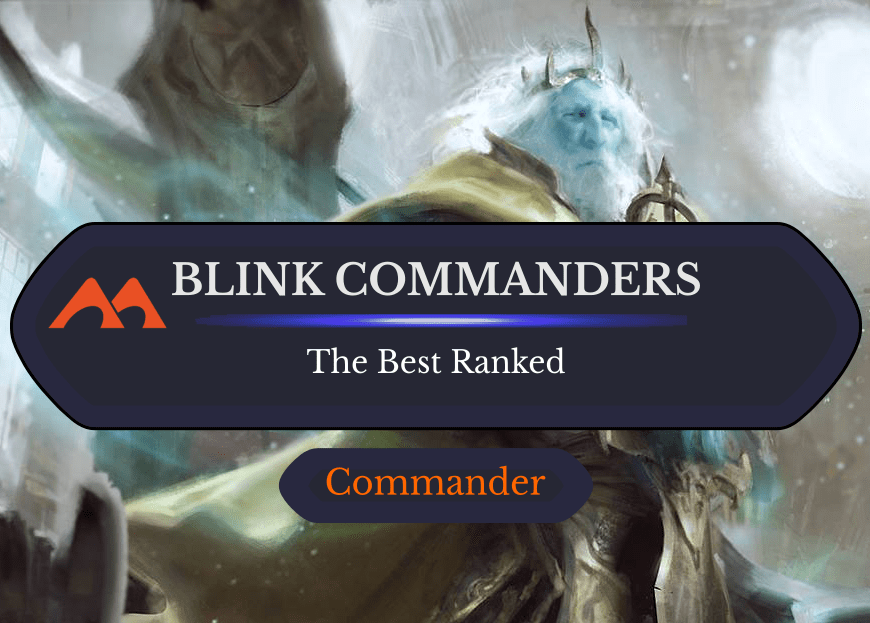
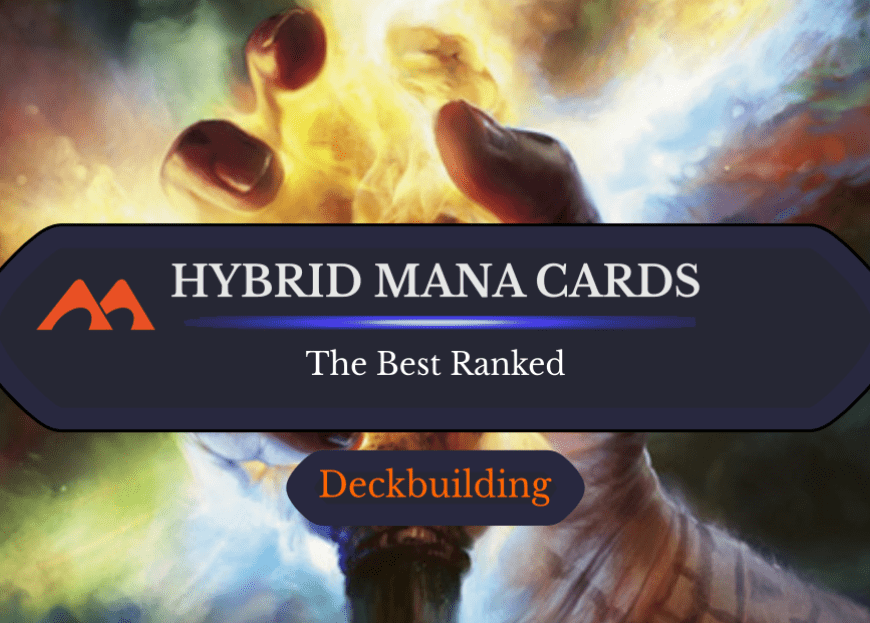
Add Comment